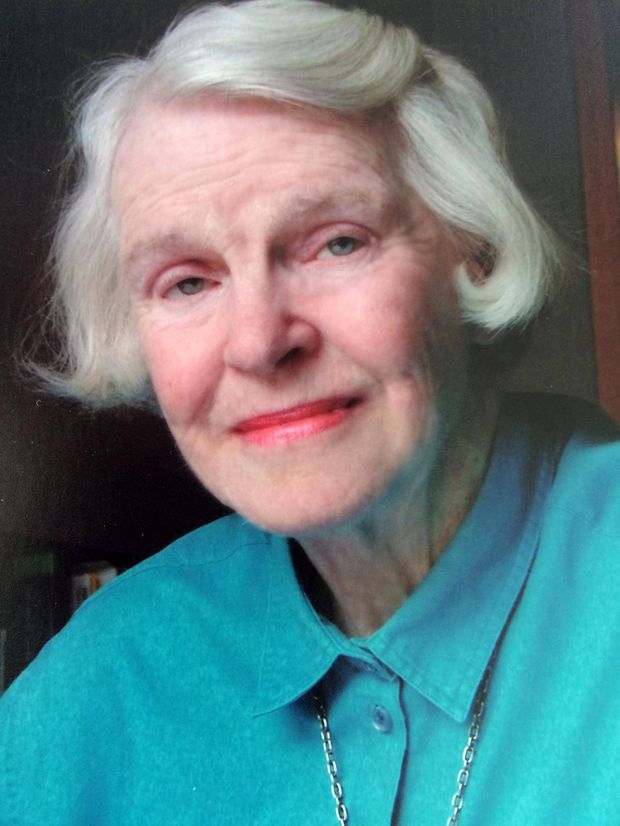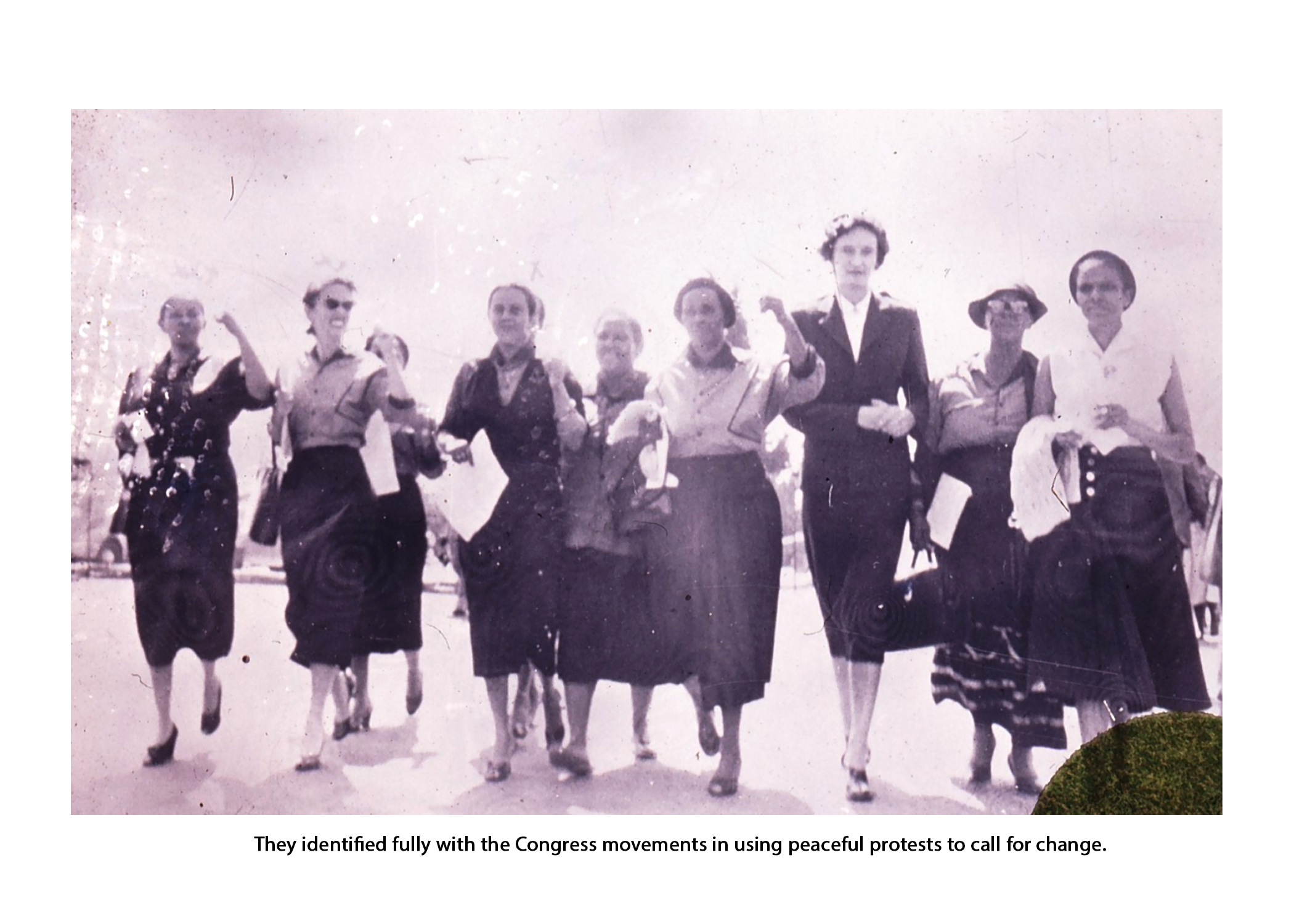Border Cave or Sibudu Cave, Found in Cliff Between KZN and Swaziland
The World's oldest known mattress has been unearthed in South Africa, in a Cave in KZN! Made of plant material and dated up to 77,000 years ago—50,000 years earlier than previous evidence for human bedding. These early mattresses apparently were even specially prepared to be resistant to mosquitoes and other insects! Early members of our species, Homo sapiens, were nomads who made their living by hunting and gathering. Yet they often created temporary base camps where they cooked food and spent the night. One of the best studied of these camps is Sibudu Cave, a rock shelter in a cliff face above South Africa's Tongati River, about 40 Kilometres north of Durban. Sibudu was first occupied by modern humans at least 77,000 years ago and continued to serve as a favored gathering place over the following 40,000 years. Since 1998, a team led by Lyn Wadley, an archaeologist at the University of the Witwatersrand, Johannesburg, has been excavating at Sibudu, uncovering evidence for complex behaviors, including the earliest known use of bows and arrows. "What we have is evidence of plant bedding that is 50,000 years older than any previous site anywhere in the world," said study leader Lyn Wadley. Over the past several Years, the team has found that many of the Archaeological layers featured large, 1-centimetre thick swaths of plant remains, including the remnants of both stems and leaves. Most of them cover at least three square meters. The team suspected that these swaths were the remains of bedding, but the earliest previous evidence for sleeping mats is only between 20,000 and 30,000 years old, at sites in Spain, South Africa, and Israel, where similar but more fragmentary arrangements of plant remains have been found. Measuring up to 22 square feet (2 square meters), the beds were also large enough to accommodate a whole family. For modern hunter-gatherers, such as the Inuit and Kalahari Bushmen, "the idea of just one or two people sleeping on a bed is unknown," she noted.
Geolocation
31° 41' 60", -27° 1' 12"
References
https://www.sciencemag.org/news/2011/12/earliest-human-beds-found-south-africa
https://www.nationalgeographic.com/news/2011/12/111208-oldest-mattress-africa-archaeology-science/
Further Reading
https://theculturetrip.com/africa/south-africa/articles/spend-a-night-in-a-cave-in-the-drakensberg/
https://www.livescience.com/17375-oldest-mattresses-early-humans.html
https://www.sapeople.com/2020/08/16/cozy-sleeping-beds-found-in-kzn-cave-from-200000-years-ago/
https://www.tandfonline.com/doi/abs/10.1080/00934690.2018.1504544




